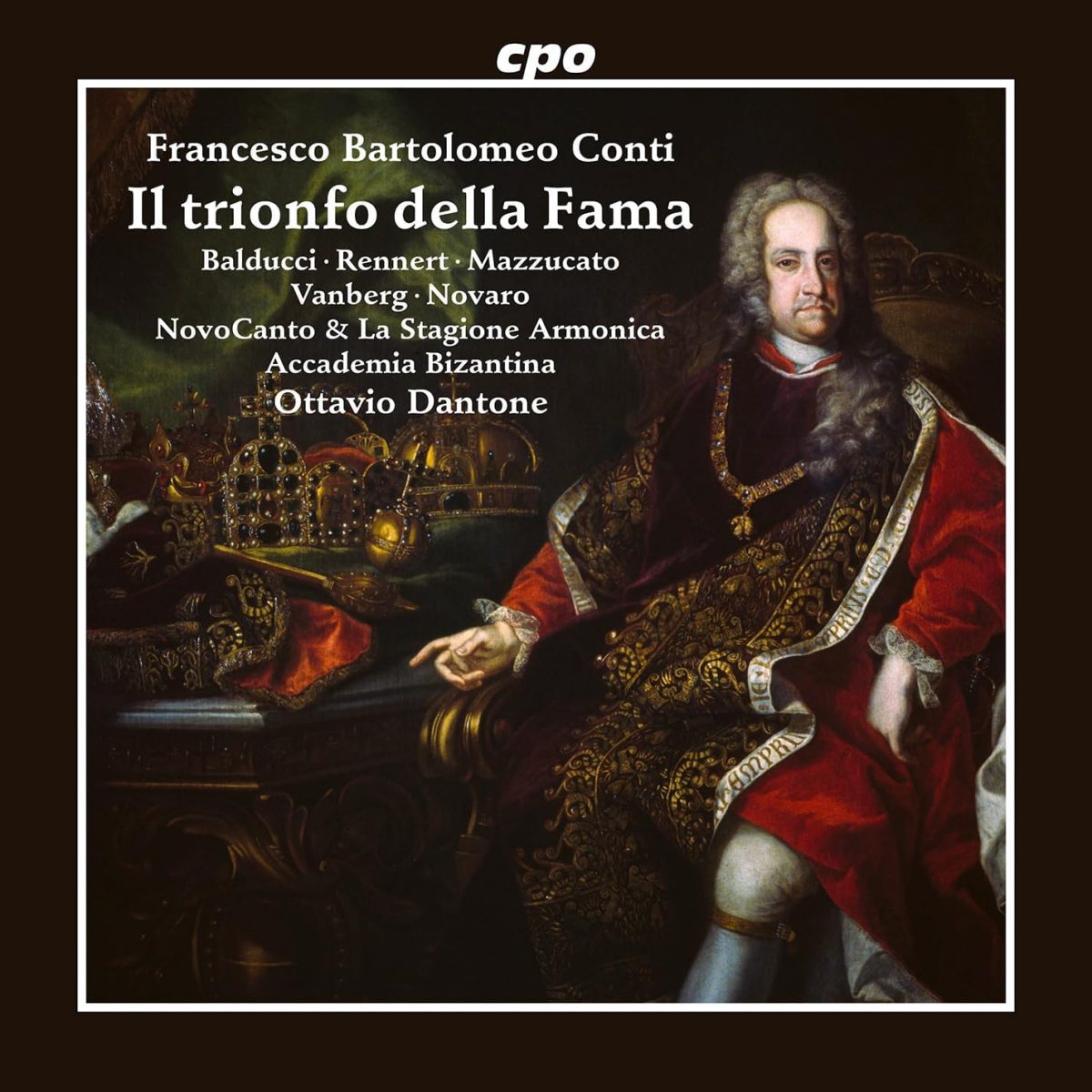The Choir of HM Chapel Royal, Hampton Court Palace. The English Cornett and Sackbut Ensemble, conducted by Carl Jackson
Resonus Classics RES10375
67:00
Following the choir’s excellent discs of music by Tallis and Tomkins, this recording is all the more welcome for marking the quatercentenary of Orlando Gibbons’ premature death in 1625 at the age of only 42. The choral items are well chosen, and include hymns, full and verse anthems, and canticles. None of these are obscure or neglected items, with the possible exception of the morning canticles for the Second Service – the Te Deum and Jubilate – of which there have been few previous recordings. This pair makes for the heftiest contribution to the programme, emphasized by the use (seemingly warranted by contemporary documentation) of winds in the accompaniment, and inspired perhaps by the recording of Byrd’s Great Service by Alamire. They are also employed in the much more familiar evening canticles, and for those anthems which survive in versions as consort anthems.
A small but varied selection of Gibbons’ always attractive keyboard works is included, but the most significant items on the disc are those for consort played by the winds. Gibbons left us six such works in six parts which are definitely for instruments, plus two which are considered less likely to be instrumental and might be surviving wordless versions of choral works, plus one further which is considered even less likely to be instrumental. The six definites have all been recorded several times, and the ninth least likely one has been superbly recorded by the fine French consort of viols L’Acheron, but the intervening pair, numbers 7 and 8 (Musica Britannica v. 48, nos 37 and 38 in John Harper’s edition of Gibbons’ complete music for consort) had never received a commercial recording until now. Whether Gibbons’ individual pieces are familiar or not, all are unfailingly worth hearing, but the recorded premieres of these two works elevate this disc into the status of being essential for admirers of Gibbons, and highly recommendable for anyone interested in the music of this period.
The Hampton Court brand of Chapel Royal choir sounds in excellent voice, though the recording itself does no favours to the inner voices – countertenors and tenors – and favours trebles and basses. But all seems well for the winds, and the English Cornett and Sackbut Ensemble is of course a world leader in its field, a truism confirmed in its contributions to this exciting disc.
Richard Turbet









